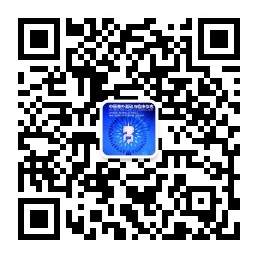| 1. |
[J]. Int Immunol, 2004; 16(2)∶ 365.
|
| 2. |
[J]. J Immunol, 1995; 155(3)∶1151.
|
| 3. |
[J]. J Immunol, 1998; 160(3)∶1212.
|
| 4. |
[J]. Int Immunol, 1998; 10(12)∶1969.
|
| 5. |
[J]. Blood, 2002; 99(10)∶3493.
|
| 6. |
[J]. Blood, 2003; 102(6)∶2180.
|
| 7. |
[J]. J Exp Med, 2001; 193(11)∶1303.
|
| 8. |
[J]. Blood, 2004; 104(3)∶895.
|
| 9. |
Stephens LA, Barclay AN, Mason D. Phenotypic characterization of regulatory CD4+CD25+ T cells in rats.
|
| 10. |
Sakaguchi S, Sakaguchi N, Asano M, et al. Immunologic selftolerance maintained by activated T cells expressing IL2 receptor alphachains (CD25). Breakdown of a single mechanism of selftolerance causes various autoimmune diseases.
|
| 11. |
SuriPayer E, Amar AZ, Thornton AM, et al. CD4+CD25+ T cells inhibit both the induction and effector function of autoreactive T cells and represent a unique lineage of immunoregulatory cells.
|
| 12. |
Takahashi T, Kuniyasu Y, Toda M, et al. Immunologic selftolerance maintained by CD25+CD4+ naturally anergic and suppressive T cells: induction of autoimmune disease by breaking their anergic/suppressive state.
|
| 13. |
Taylor PA, Lees CJ, Blazar BR. The infusion of ex vivo activated and expanded CD4+CD25+ immune regulatory cells inhibits graftversushost disease lethality.
|
| 14. |
Jiang S, Camara N, Lombardi G, et al. Induction of allopeptidespecific human CD4+CD25+ regulatory T cells ex vivo.
|
| 15. |
Dieckmann D, Plottner H, Berchtold S, et al. Ex vivo isolation and characterization of CD4+CD25+ T cells with regulatory properties from human blood.
|
| 16. |
Hoffmann P, Eder R, KunzSchughart LA, et al. Largescale in vitro expansion of polyclonal human CD4+CD25+ high regulatory T cells.
|
| 17. |
Ikemoto T, Tashiro S, Yasutomo K, et al. Donorspecific tolerance induced by simultaneous allogeneic islet transplantation with CD4+CD25+ Tcells into hepatic parenchyma in mice [J]. J Med Invest, 2004; 51(3-4)∶178.
|
| 18. |
徐勇, 霍梅. 免疫磁珠分離及流式細胞儀分選純化外周血CD34+/CD90+ 干細胞 [J]. 臨床檢驗雜志, 2004; 22(4)∶246.
|




